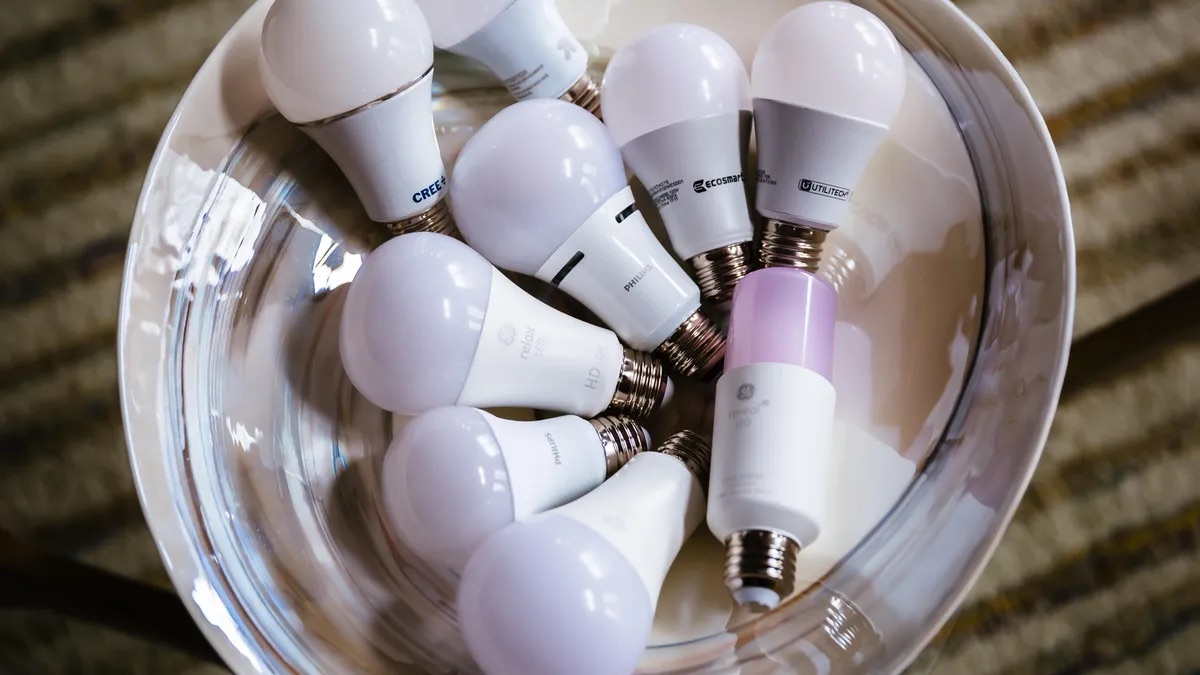

Articles
How Many Lumens Are In A 100 Watts Light Bulb
Modified: February 23, 2024
Discover the answer to "How many lumens is a 100 watt light bulb" in this informative article. Find out the lumens per watt ratio and more.
(Many of the links in this article redirect to a specific reviewed product. Your purchase of these products through affiliate links helps to generate commission for Storables.com, at no extra cost. Learn more)
Introduction
When it comes to purchasing light bulbs, there’s more to consider than just the wattage. In the past, wattage was used as a measurement of a bulb’s brightness. But with the shift towards more energy-efficient lighting options, wattage is no longer the best indicator of how bright a light bulb will be.
Instead, lumens have become the preferred measurement for determining a bulb’s brightness. Lumens measure the total amount of visible light emitted by a source, and provide a more accurate representation of a bulb’s brightness than wattage alone.
In this article, we will explore the relationship between lumens and wattage, specifically focusing on the lumen output of a 100 watt light bulb. Additionally, we will compare the brightness of a 100 watt incandescent bulb to other types of bulbs on the market, and highlight the importance of energy efficiency when selecting lighting options.
By the end of this article, you will have a better understanding of the brightness levels associated with a 100 watt light bulb, and be equipped with the knowledge to make informed decisions when purchasing and selecting lighting solutions for your needs. So, let’s dive in and shed some light on the world of lumens and wattage!
Key Takeaways:
- Lumens, not wattage, determine a bulb’s brightness. A 100 watt incandescent bulb typically emits 1600 lumens, but energy-efficient LED bulbs offer similar brightness while using significantly less power.
- LED bulbs outshine traditional incandescent bulbs in energy efficiency and longevity. They provide comparable brightness to 100 watt incandescent bulbs while consuming up to 80% less energy and lasting much longer.
Read more: How Many Lumens 100 Watt Incandescent Bulb
Understanding Lumens
Lumens are the unit of measurement used to quantify the brightness of a light source. Unlike wattage, which measures the amount of power consumed by a bulb, lumens indicate the actual amount of light emitted. In simple terms, the higher the number of lumens, the brighter the light.
To understand what different lumen levels mean in practical terms, it helps to have a reference point. A traditional 60 watt incandescent bulb typically produces around 800 lumens of brightness. This serves as a baseline for comparison when evaluating other bulb options.
When shopping for light bulbs, you may come across labels that indicate the number of lumens a bulb produces, such as “800 lumens” or “1200 lumens.” These labels provide a reliable indicator of the bulb’s brightness and can help you choose the right bulb for various applications. For example, a 100 watt equivalent LED bulb often has a lumen output ranging from 1400 to 1600 lumens, providing similar brightness to a 100 watt incandescent bulb while using significantly less energy.
It’s important to note that lumens are a measure of the total light output of a bulb and do not take into account factors like beam angle or color temperature. These factors can influence how the light is distributed and perceived by the human eye.
In summary, lumens are the industry-standard measurement used to express the brightness of a light bulb. By understanding the lumen output of different bulbs, you can make more informed decisions about the desired level of brightness for your specific lighting needs. So, let’s move on and explore how wattage relates to brightness.
How Wattage Relates to Brightness
In the past, wattage was commonly used as an indicator of how bright a light bulb would be. It was assumed that a higher wattage would correspond to a brighter output. However, with the introduction of energy-efficient lighting options, such as LED and CFL bulbs, this relationship between wattage and brightness has become less straightforward.
Wattage actually measures the amount of power consumed by a bulb, rather than its brightness. In traditional incandescent bulbs, higher wattages typically correlated with brighter light output because more power was being used to generate the light. However, with the advent of more energy-efficient technologies, like LEDs and CFLs, bulbs can now produce similar or even higher levels of brightness while consuming significantly less power.
This is where lumens come into play. Lumens, as mentioned earlier, directly measure the brightness or light output of a bulb. With the rise of LED and CFL bulbs, manufacturers began providing lumen ratings to give consumers a more accurate representation of the bulb’s brightness level. This shift allows consumers to choose bulbs based on the level of brightness they need, rather than relying solely on wattage.
To illustrate how wattage and lumens may not necessarily align, consider the example of a 100 watt incandescent bulb compared to an equivalent LED bulb. The 100 watt incandescent bulb typically produces around 1600 lumens of brightness. However, a 100 watt equivalent LED bulb may only consume 14 to 20 watts of power while producing the same or even greater brightness. This stark difference in energy consumption demonstrates that wattage alone cannot be used as a reliable indicator of a bulb’s brightness.
In summary, the relationship between wattage and brightness is no longer as straightforward as it once was. With the introduction of energy-efficient lighting options, lumens have become the preferred measurement for indicating a bulb’s brightness. By considering the lumen rating of a bulb, rather than relying on wattage alone, consumers can make more informed decisions when it comes to selecting the appropriate brightness for their lighting needs.
Lumens of a 100 Watt Incandescent Light Bulb
A 100 watt incandescent light bulb is a familiar choice for many homeowners due to its bright and warm glow. However, as energy-efficient alternatives have gained popularity, understanding the lumen output of a 100 watt incandescent bulb can be helpful when selecting the right replacement.
On average, a 100 watt incandescent bulb typically produces around 1600 lumens of brightness. This level of brightness is considered quite high and can adequately light up a room or space. It is important to note that this value can vary slightly based on factors such as the specific brand or bulb design.
Comparing the lumen output of a 100 watt incandescent bulb to other types of bulbs, such as LED or CFL, can provide valuable insights into energy savings and lighting options. As mentioned earlier, a 100 watt equivalent LED bulb can produce similar levels of brightness while using significantly less power. To achieve the same brightness as a 100 watt incandescent bulb, an LED bulb typically only consumes around 14 to 20 watts. This highlights the advantage of choosing energy-efficient alternatives, as they can offer similar brightness while reducing energy consumption and providing cost savings over time.
It’s worth noting that the transition from incandescent to energy-efficient bulbs is becoming more prevalent due to the phased-out regulations on incandescent bulbs in many countries. As a result, consumers are increasingly opting for LED, CFL, or halogen bulbs that provide comparable or even better brightness while consuming much less energy.
Understanding the lumen output of a 100 watt incandescent bulb is crucial when evaluating lighting options, considering energy efficiency, and determining the appropriate brightness level for different spaces. Whether you decide to stick with the traditional incandescent bulbs or explore more environmentally friendly alternatives, having knowledge of lumens will empower you to make informed decisions about your lighting needs.
When comparing light bulbs, remember that lumens measure the brightness of a bulb, while watts measure the amount of energy it uses. A 100-watt incandescent bulb typically produces around 1600 lumens.
Comparison to Other Bulb Types
When it comes to selecting the right light bulb for your needs, it’s important to consider the different options available on the market. While a 100 watt incandescent bulb may have been the go-to choice in the past, there are now more energy-efficient alternatives to consider.
Let’s compare the lumen output and energy efficiency of a 100 watt incandescent bulb to other popular bulb types:
1. LED Bulbs:
LED bulbs have gained significant popularity in recent years due to their energy efficiency and longevity. A 100 watt equivalent LED bulb typically produces around 1400 to 1600 lumens of brightness while consuming only 14 to 20 watts of power. This means that LED bulbs can provide the same level of brightness as a 100 watt incandescent bulb while using up to 80% less energy. Additionally, LED bulbs have a much longer lifespan, lasting up to 25 times longer than incandescent bulbs.
2. CFL Bulbs:
Compact Fluorescent Lamps (CFLs) are another energy-efficient option to consider. A 100 watt equivalent CFL bulb typically produces around 1600 to 1800 lumens while consuming around 23 to 30 watts of power. CFL bulbs are more energy-efficient compared to incandescent bulbs, using about 70-80% less energy. However, they have a shorter lifespan than LED bulbs and contain a small amount of mercury, requiring proper disposal.
3. Halogen Bulbs:
Halogen bulbs are a type of incandescent bulb that has a slightly higher energy efficiency compared to traditional incandescent bulbs. A 100 watt halogen bulb typically produces around 1600 to 1800 lumens while consuming 72 to 100 watts of power. While halogen bulbs are more efficient than incandescent bulbs, they still consume more energy compared to LED or CFL bulbs and have a shorter lifespan.
By comparing the lumen output and energy efficiency of different bulb types, it becomes clear that LED bulbs offer the best combination of brightness, energy savings, and longevity. They provide comparable lighting to a 100 watt incandescent bulb while consuming significantly less energy and lasting much longer.
When looking to replace your 100 watt incandescent bulbs, consider transitioning to LED bulbs to maximize energy efficiency and cost savings over time. LED technology continues to improve, offering a wide range of bulb options to suit various applications and styles.
Ultimately, the choice of bulb type will depend on factors such as budget, personal preference, and lighting requirements. It’s important to evaluate your specific needs and make an informed decision that balances factors like brightness, energy efficiency, longevity, and environmental impact.
Read more: How Many Lumens In A 100-Watt LED Bulb
Energy Efficiency Considerations
In today’s world, energy efficiency is a crucial factor to consider when choosing lighting options. Not only does energy-efficient lighting help reduce electricity consumption and lower utility bills, but it also has a positive impact on the environment by reducing greenhouse gas emissions. When comparing different bulb types, it’s important to understand the energy efficiency considerations associated with each option.
1. Incandescent Bulbs:
Traditional incandescent bulbs are known for their warm, familiar glow. However, they are highly inefficient in terms of energy consumption. Incandescent bulbs convert most of the energy they consume into heat rather than light, resulting in a significant waste of energy. This inefficiency led to phasing out the production of incandescent bulbs in many countries.
2. LED Bulbs:
LED (Light Emitting Diode) bulbs are the most energy-efficient lighting option available today. They use a fraction of the energy consumed by incandescent bulbs while producing the same or even higher levels of brightness. LED bulbs convert electrical energy into light much more efficiently, resulting in significant energy savings. They also have an impressive lifespan, lasting up to 25 times longer than incandescent bulbs, reducing the waste and hassle of frequent replacements.
3. CFL Bulbs:
Compact Fluorescent Lamps (CFLs) are also a more energy-efficient alternative to incandescent bulbs. They use approximately 70-80% less energy compared to incandescent bulbs, making them a significant improvement in energy efficiency. However, CFL bulbs do contain small amounts of mercury, which requires proper recycling or disposal to minimize environmental impact.
4. Halogen Bulbs:
Halogen bulbs are a type of incandescent bulb that offers slightly better energy efficiency compared to traditional incandescent bulbs. They consume less energy to produce the same level of brightness. While halogen bulbs are more efficient than incandescent bulbs, they still pale in comparison to LED or CFL bulbs in terms of energy savings.
When considering energy efficiency, it’s essential to evaluate the long-term benefits of using energy-efficient bulbs. LED bulbs, in particular, not only provide significant energy savings but also last much longer, reducing the need for frequent replacements. This combination of energy efficiency and longevity makes LED bulbs a cost-effective and environmentally friendly choice.
Additionally, look for the ENERGY STAR label when purchasing bulbs. ENERGY STAR-certified bulbs meet strict energy efficiency guidelines set by the U.S. Environmental Protection Agency (EPA) and are independently tested and verified.
By prioritizing energy efficiency, you can reduce your carbon footprint, save on energy costs, and contribute to a more sustainable future. Make the switch to energy-efficient lighting options and enjoy the benefits of bright and eco-conscious illumination.
Conclusion
Understanding the relationship between lumens and wattage is essential when selecting the right light bulbs for your needs. By focusing on lumens, the unit of measurement for brightness, rather than wattage alone, you can make more informed decisions about the level of brightness you desire and find energy-efficient lighting options that suit your requirements.
A 100 watt incandescent bulb typically produces around 1600 lumens of brightness, making it a bright and commonly used option. However, with the rise of energy-efficient alternatives, such as LED and CFL bulbs, it’s important to consider other factors, such as energy efficiency and environmental impact, when choosing lighting options.
LED bulbs, for example, offer comparable or even higher levels of brightness to a 100 watt incandescent bulb while using significantly less energy. They are the most energy-efficient option available, providing both cost savings and a reduced carbon footprint. LED bulbs also have a much longer lifespan, reducing the frequency of replacements.
CFL bulbs are also a viable option when considering energy efficiency. They offer considerable energy savings compared to incandescent bulbs, although they contain a small amount of mercury that requires proper disposal.
Even though halogen bulbs offer better energy efficiency than traditional incandescent bulbs, they still consume more energy compared to LED or CFL bulbs and have a shorter lifespan.
When selecting light bulbs, it’s important to consider the specific needs of your space, the desired level of brightness, and the importance of energy efficiency. By weighing these factors, you can make an informed decision that aligns with your lighting goals and environmental values.
In conclusion, the shift from wattage to lumens as a measurement of brightness has provided a more accurate and reliable way to assess the brightness of light bulbs. Understanding the lumen output of a 100 watt incandescent bulb and comparing it to other bulb types can help you make informed choices about energy efficiency, longevity, and overall brightness.
With the wide range of energy-efficient options available, such as LED and CFL bulbs, you can not only enjoy optimal brightness but also contribute to a greener and more sustainable future. So, consider making the switch to energy-efficient bulbs and bask in the glow of both beautiful illumination and environmental consciousness.
Frequently Asked Questions about How Many Lumens Are In A 100 Watts Light Bulb
Was this page helpful?
At Storables.com, we guarantee accurate and reliable information. Our content, validated by Expert Board Contributors, is crafted following stringent Editorial Policies. We're committed to providing you with well-researched, expert-backed insights for all your informational needs.
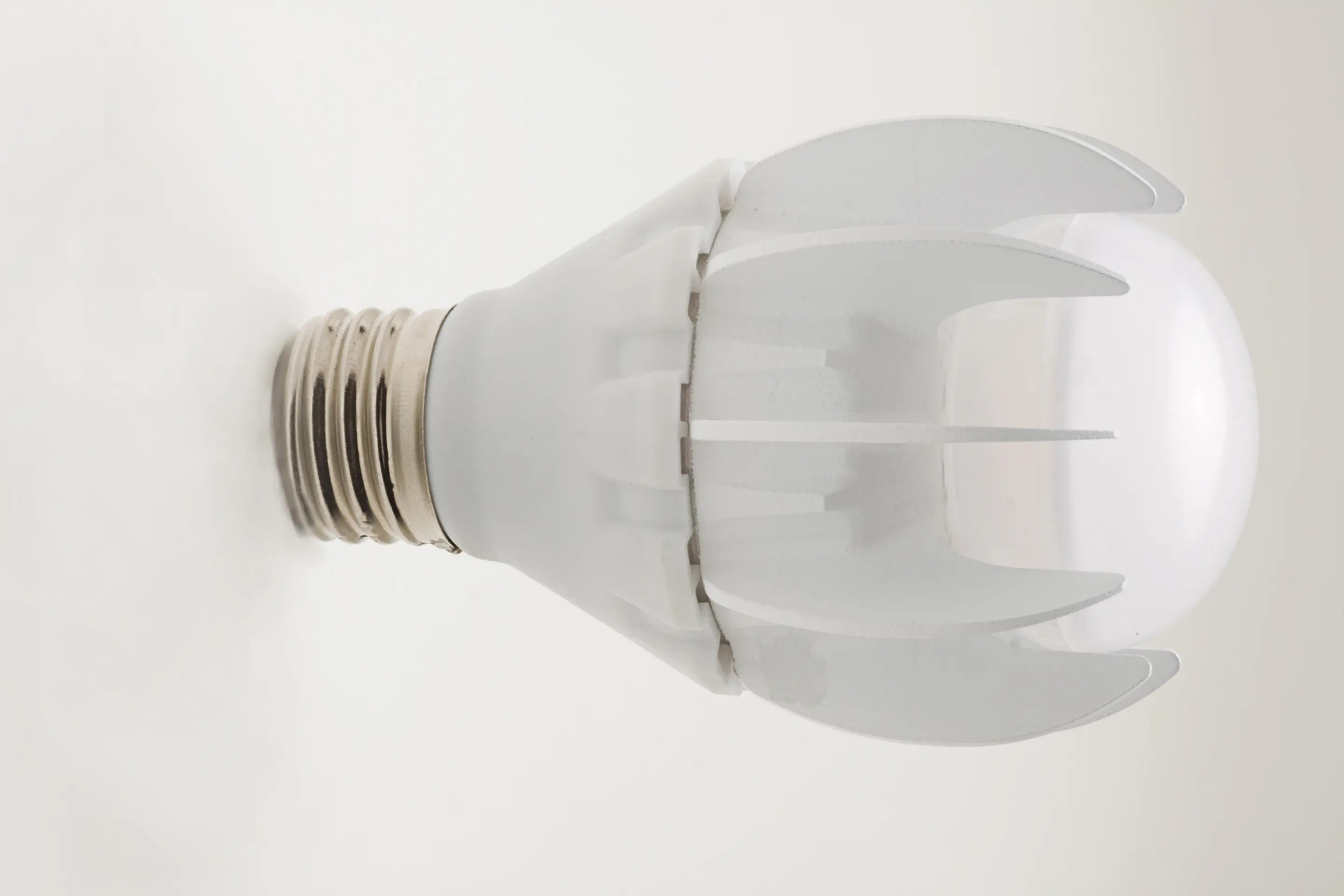
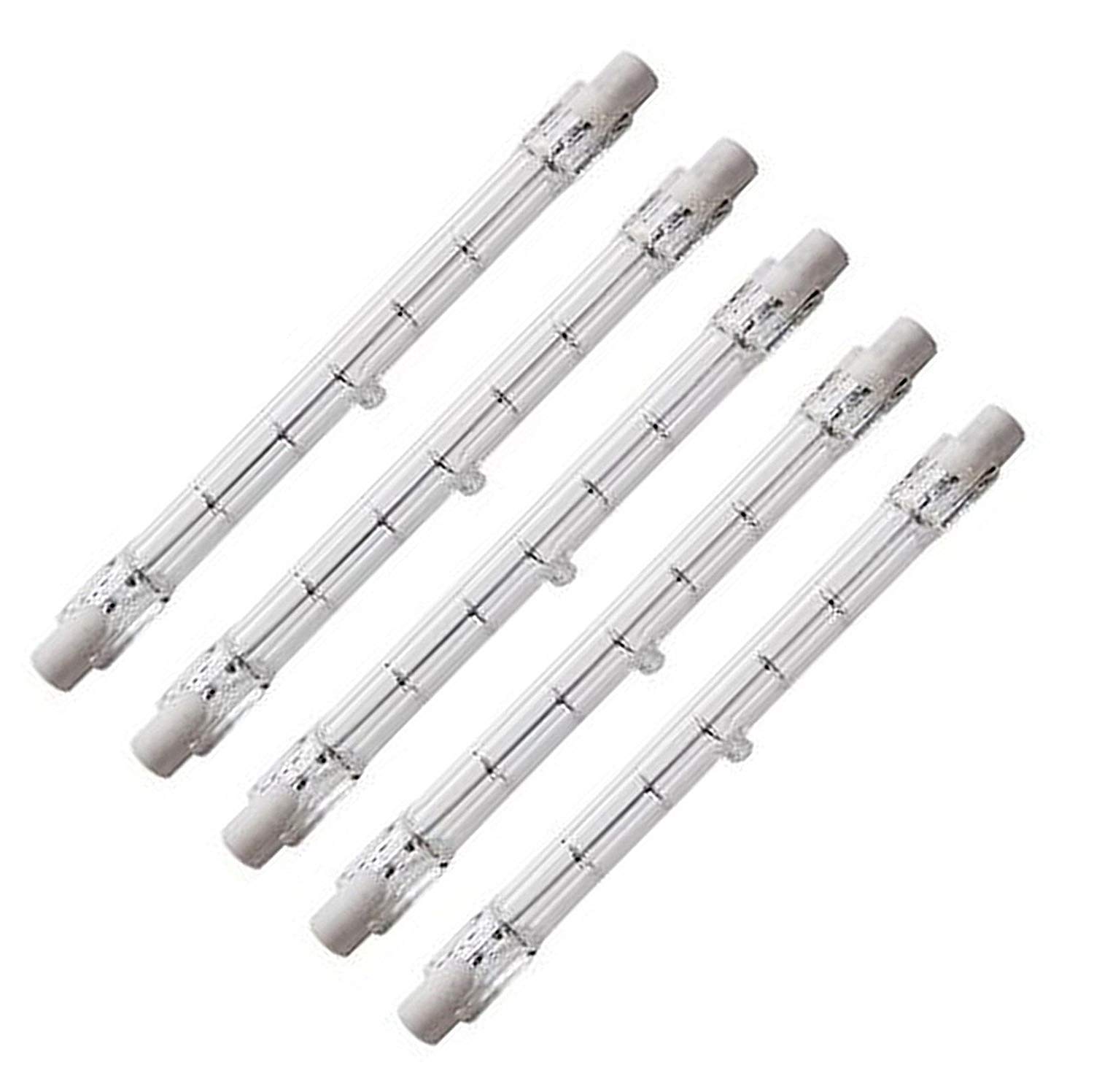
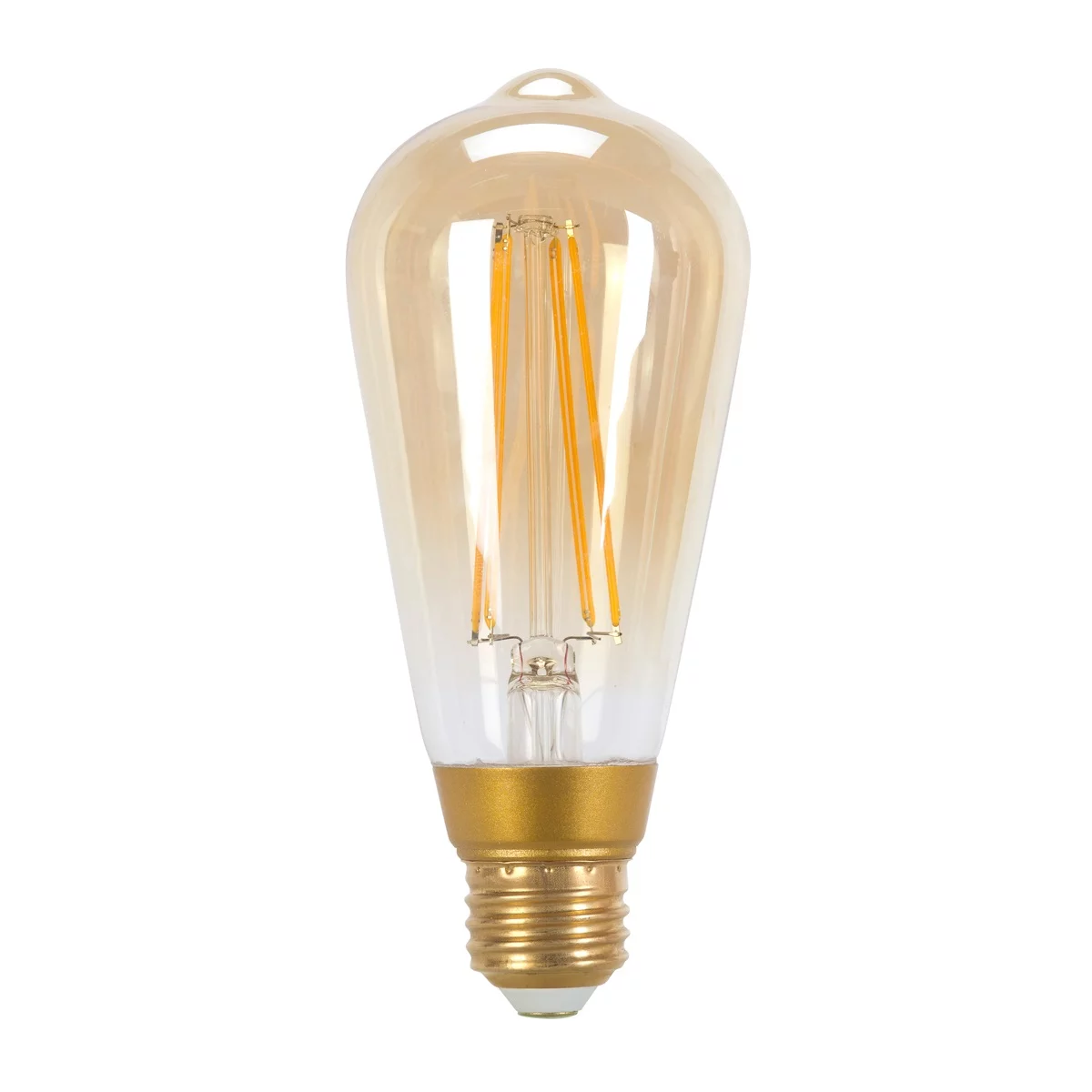
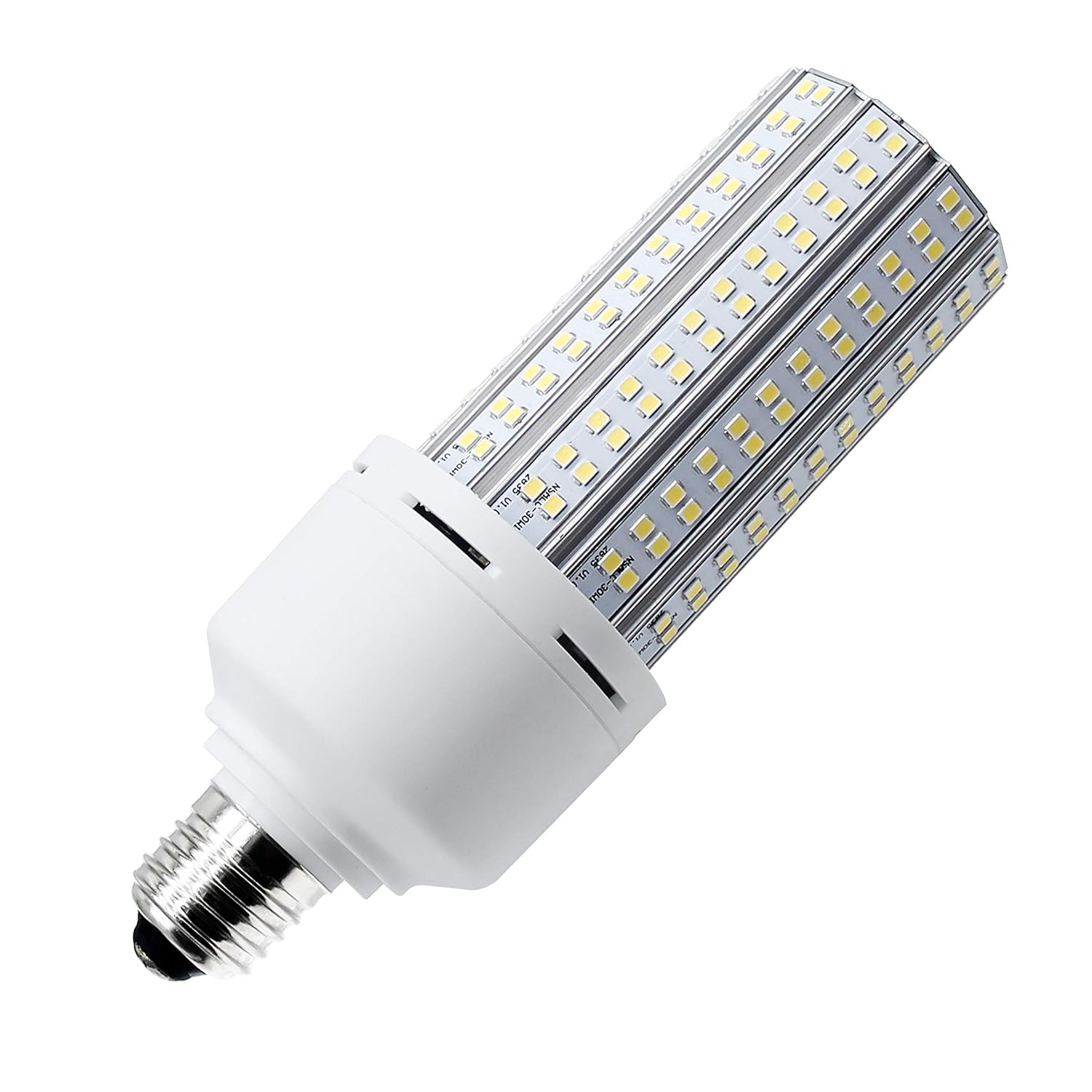
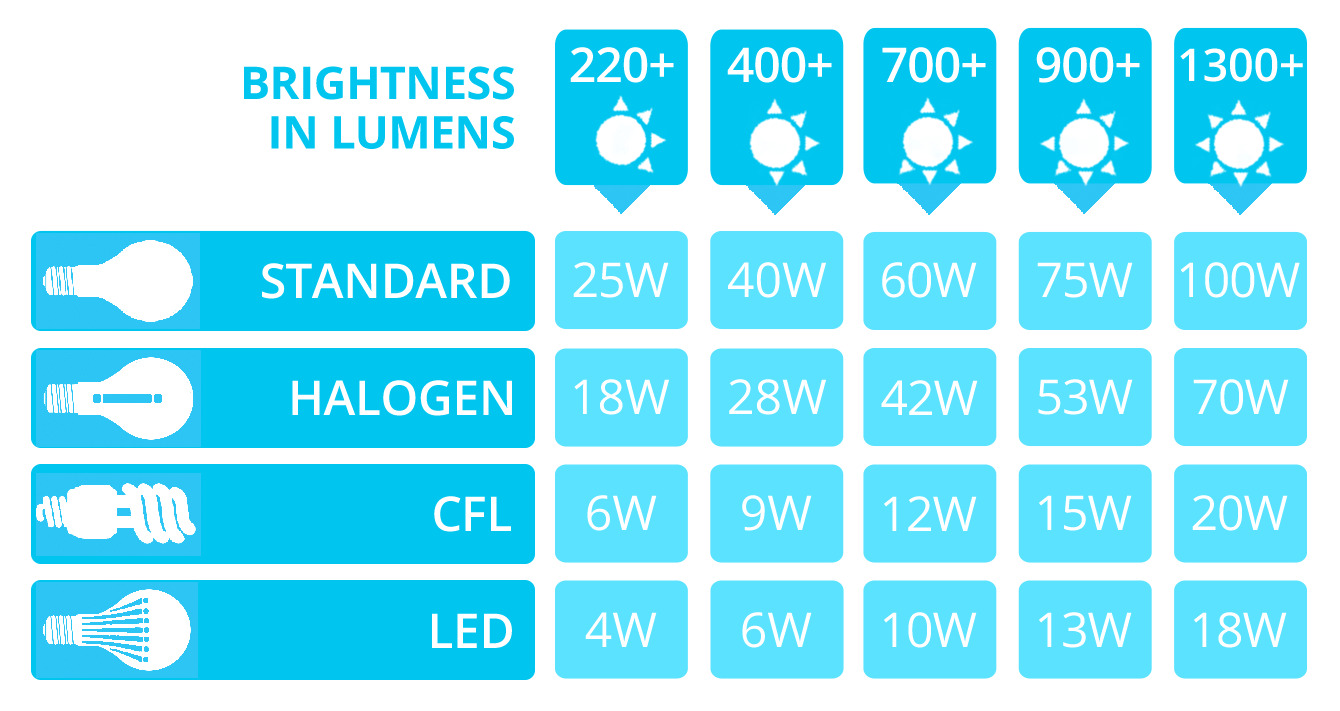
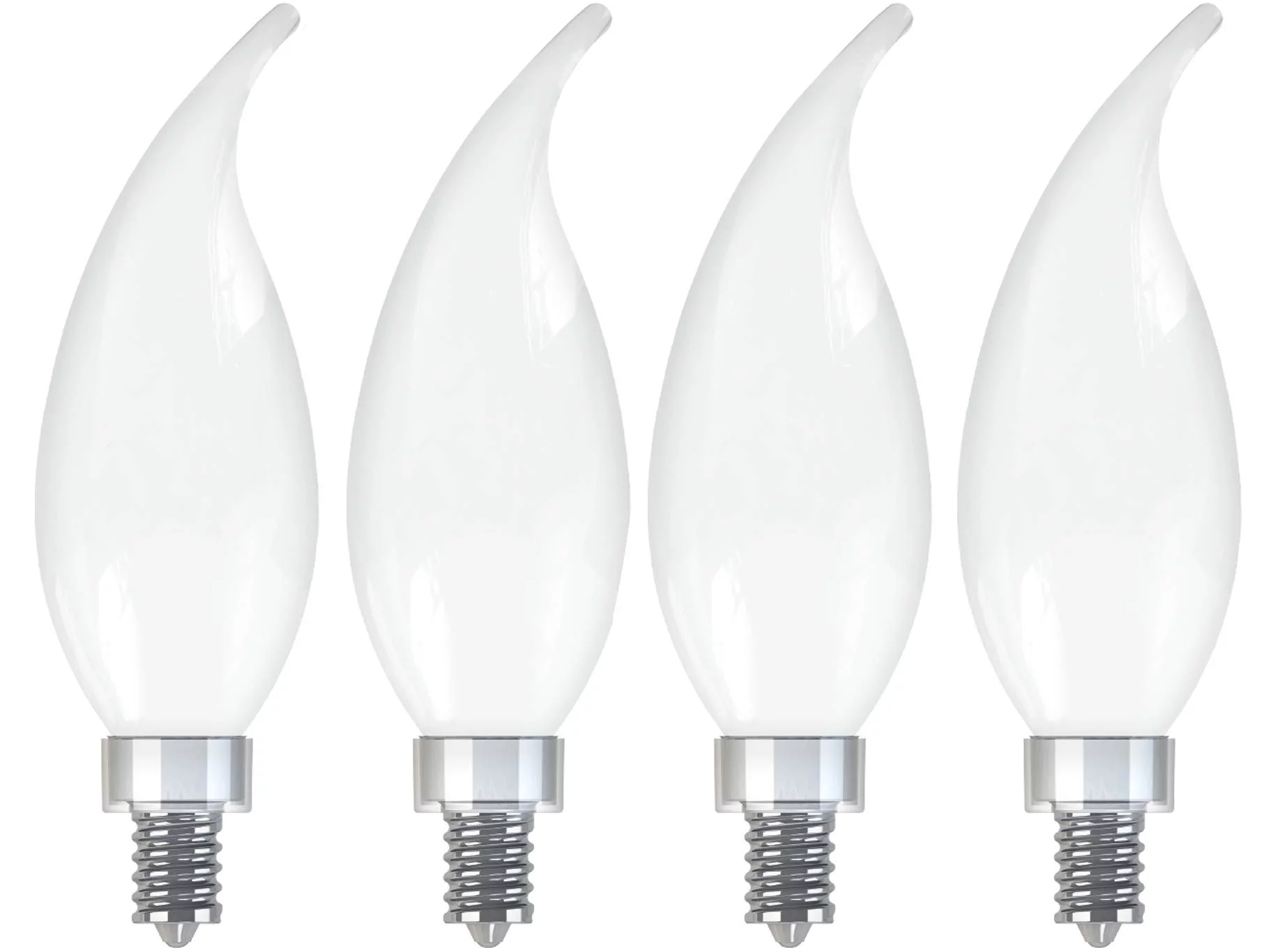
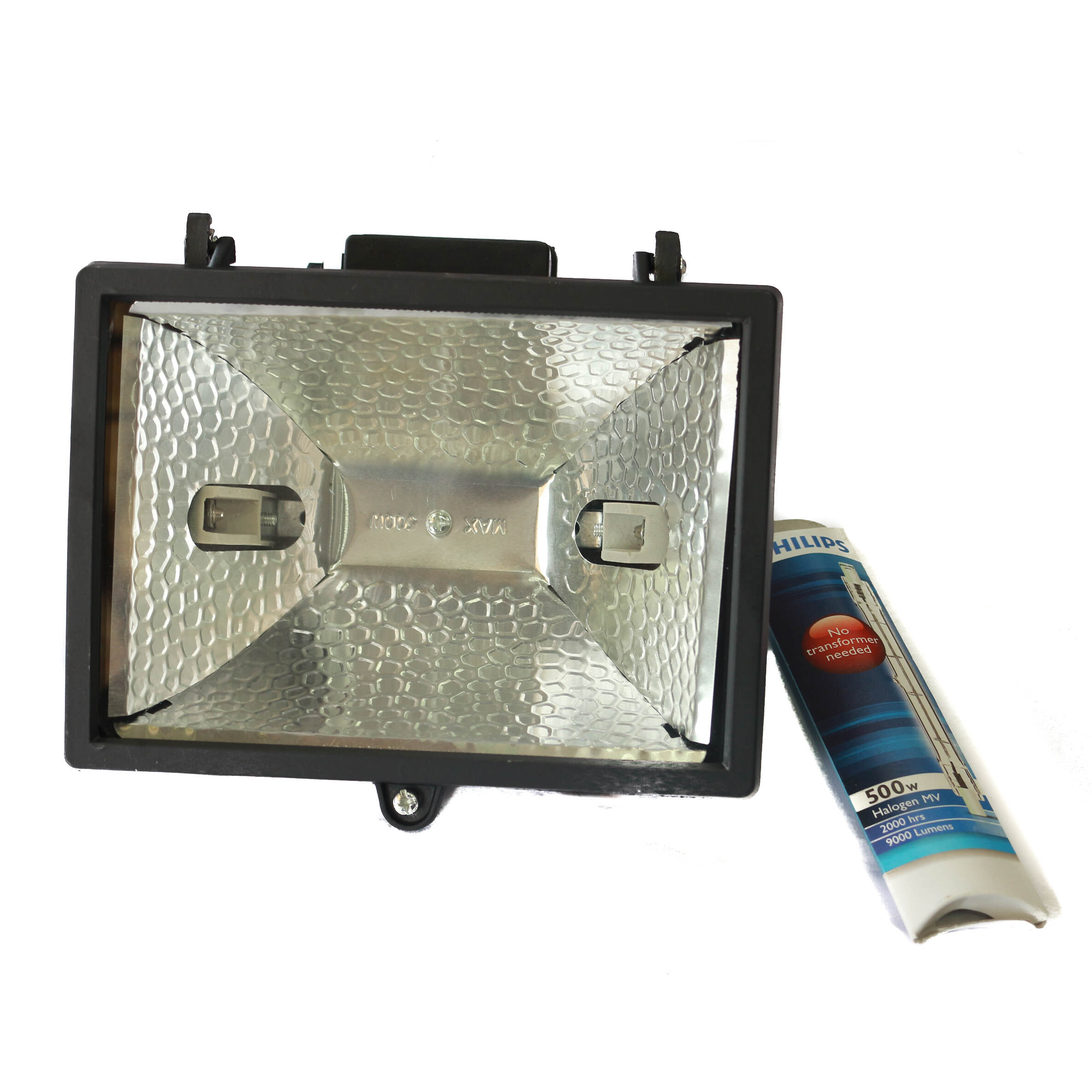
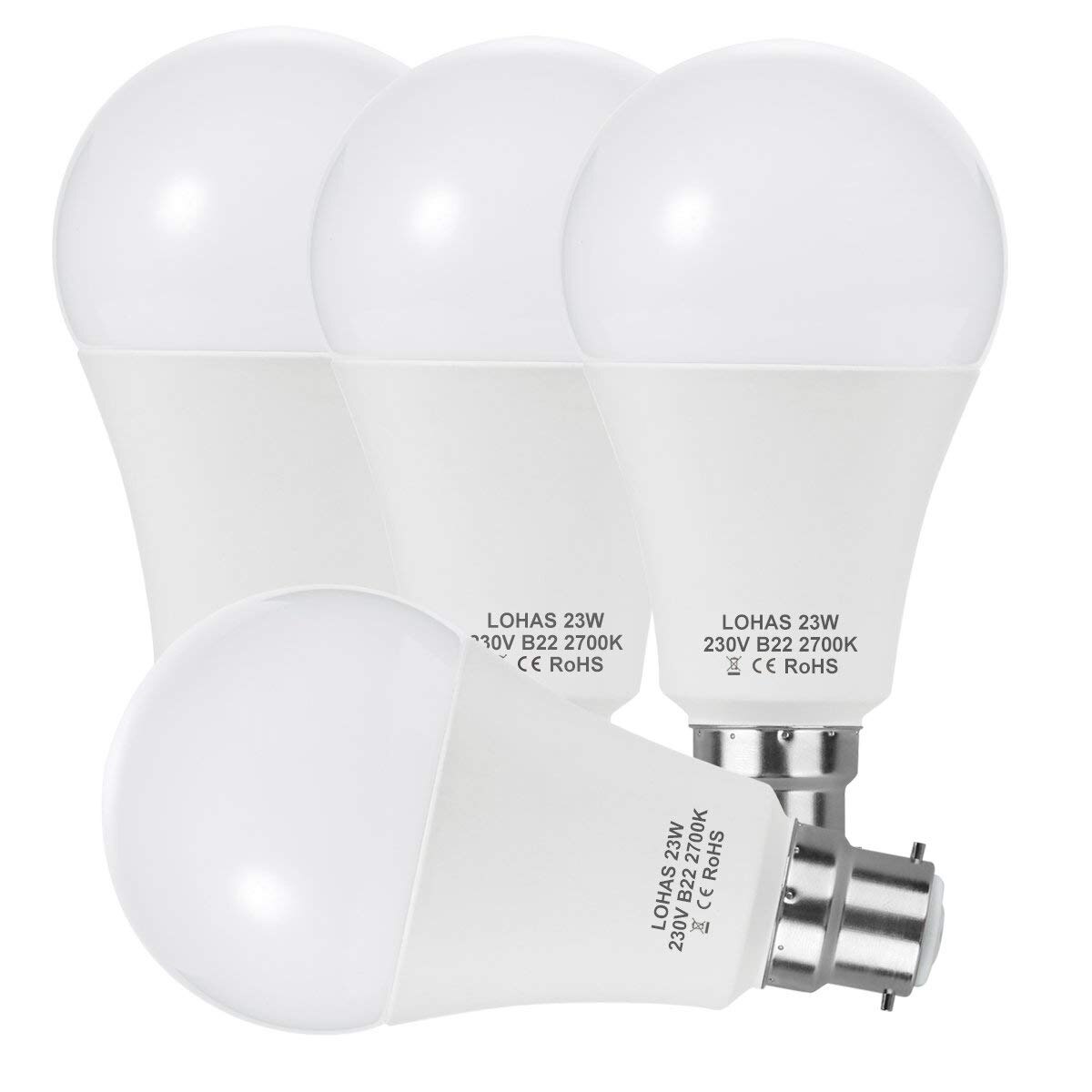
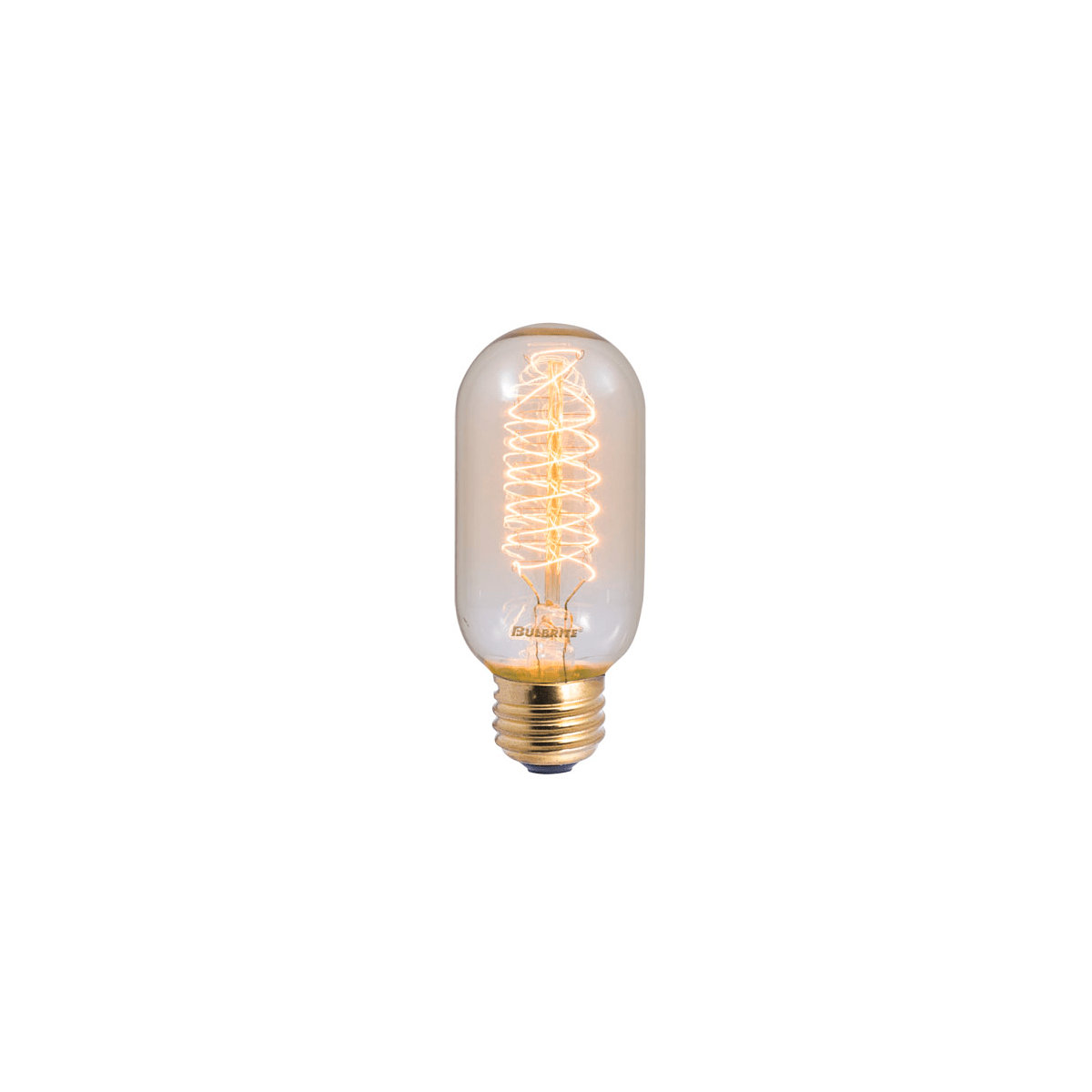
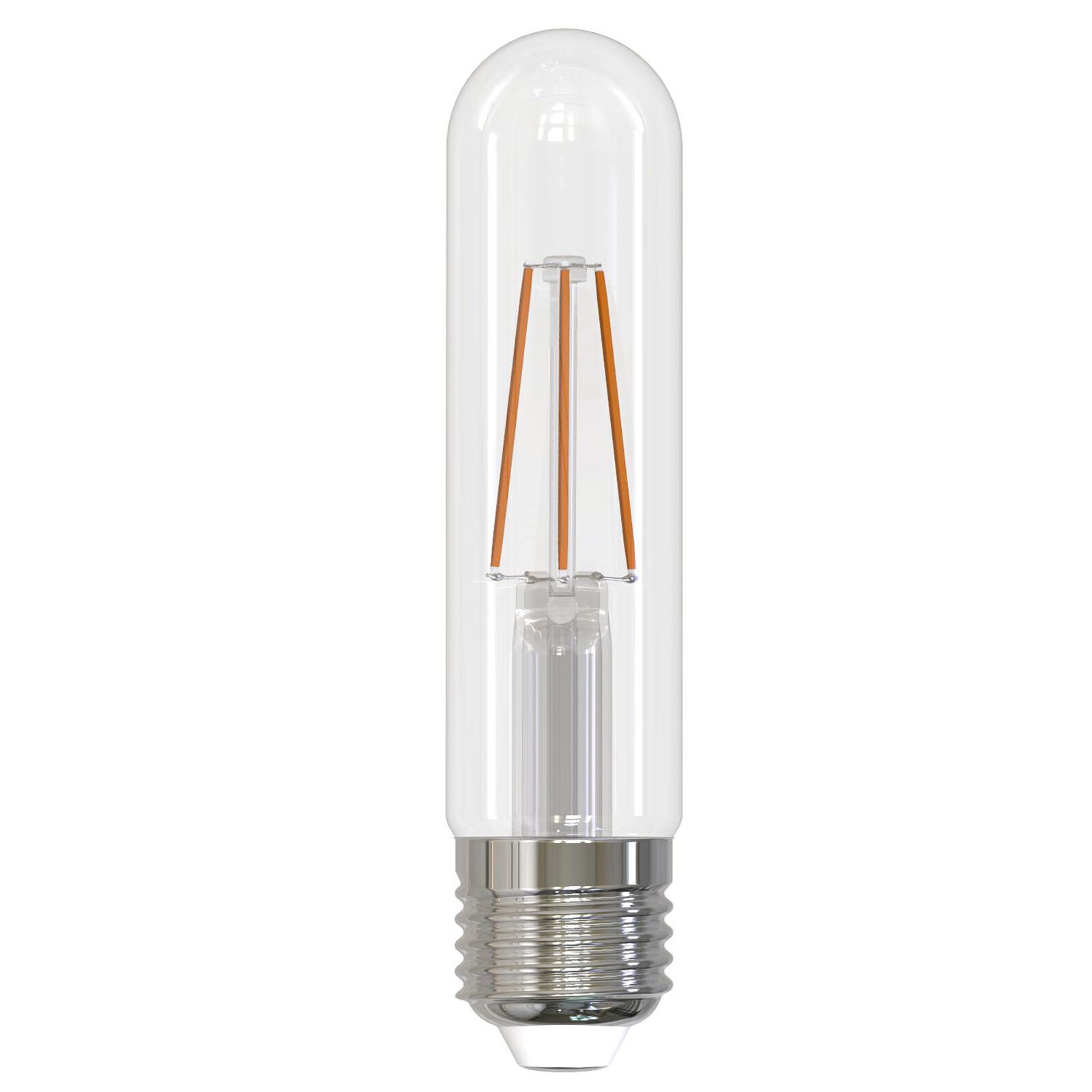
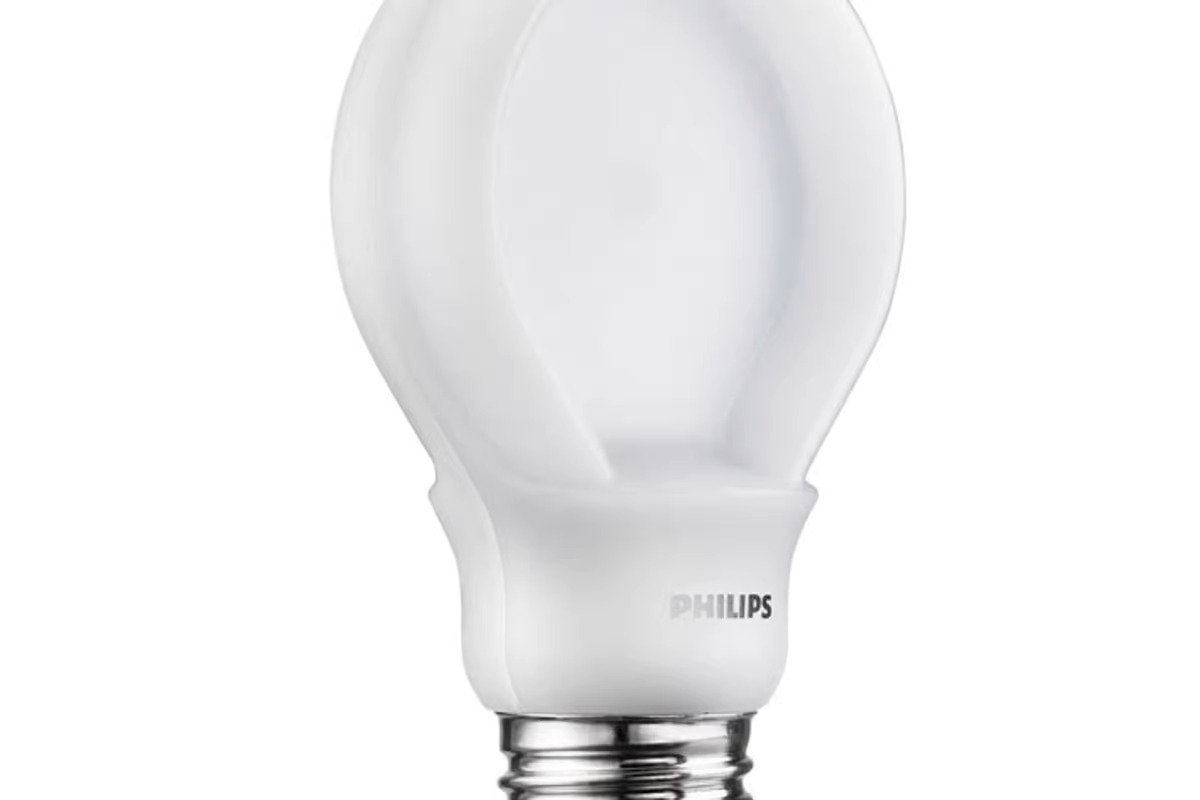
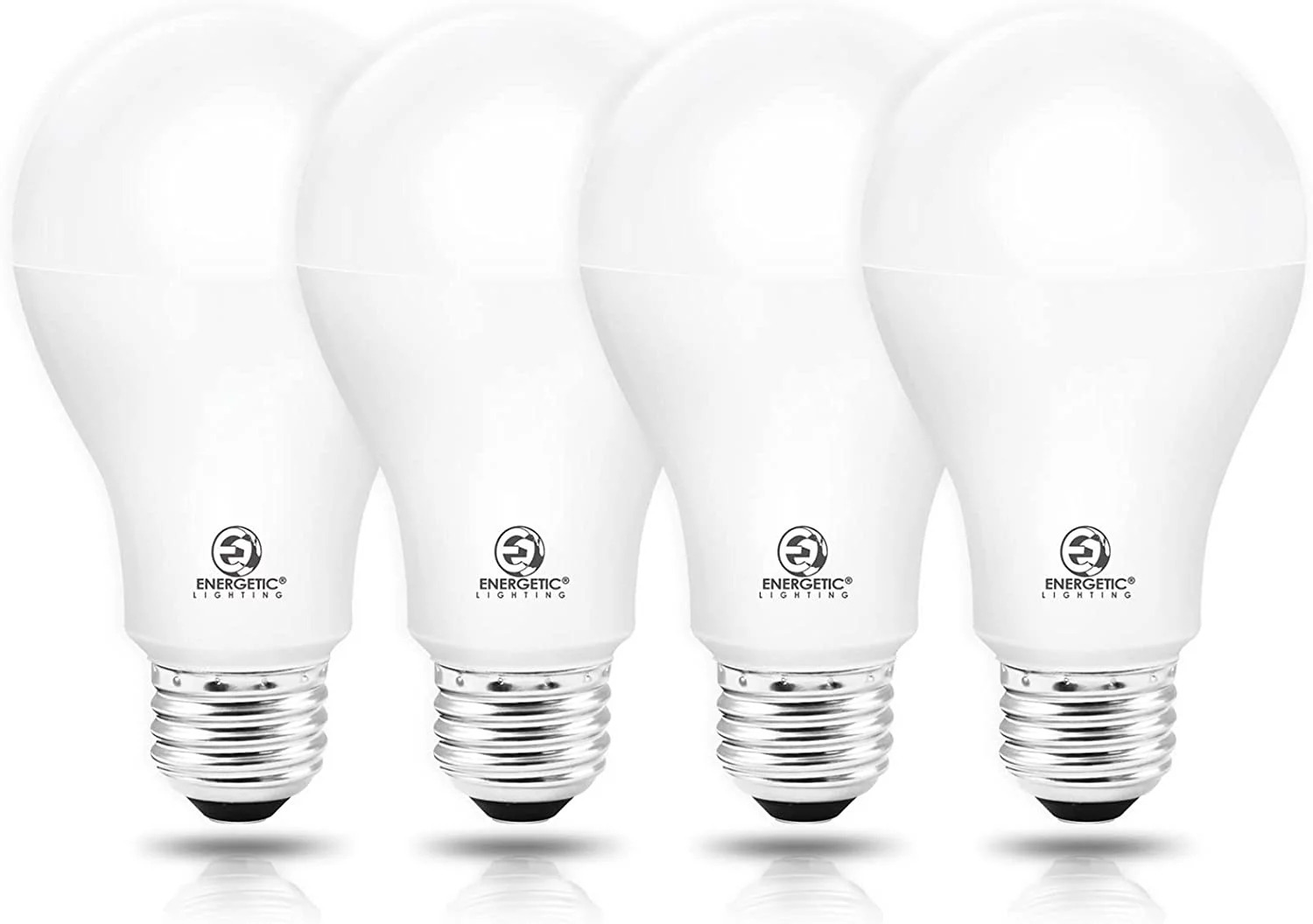
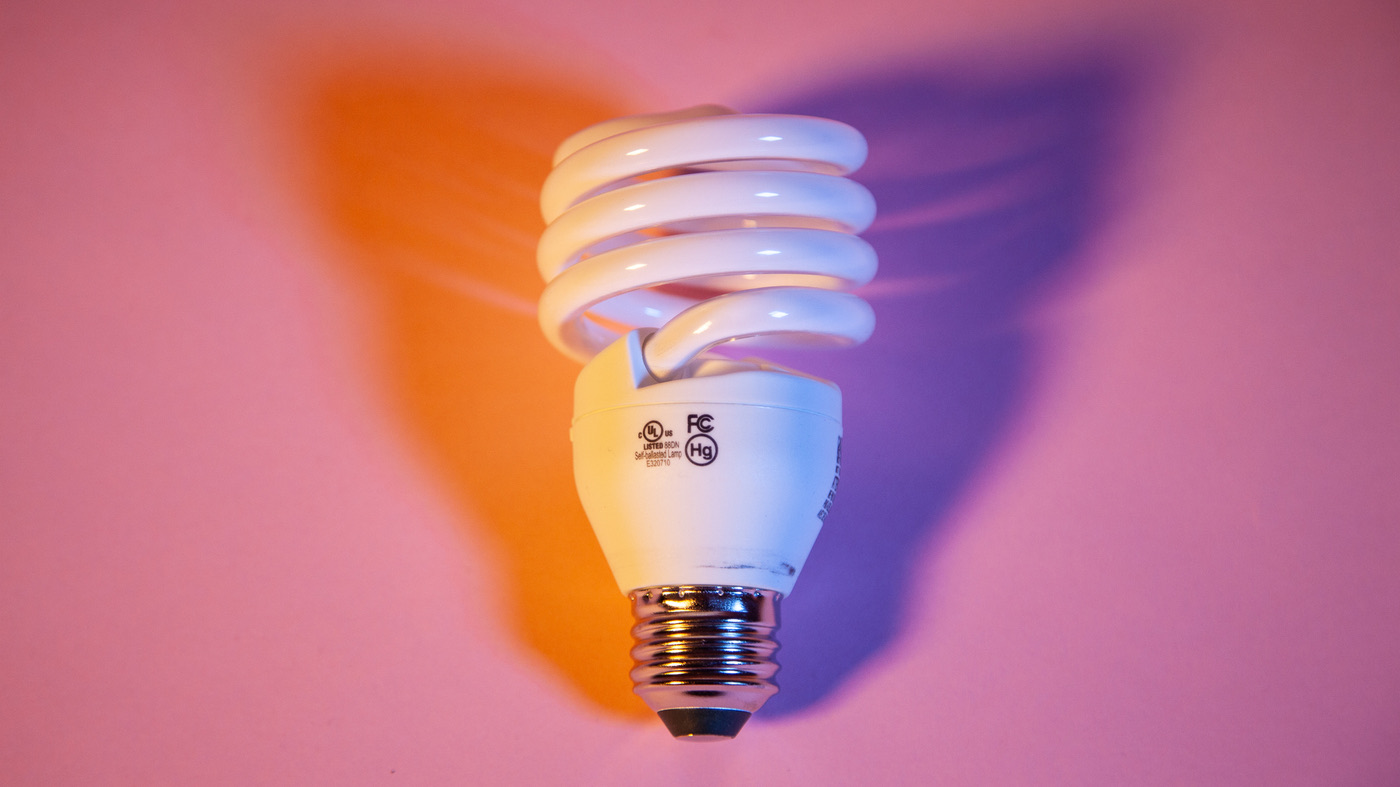
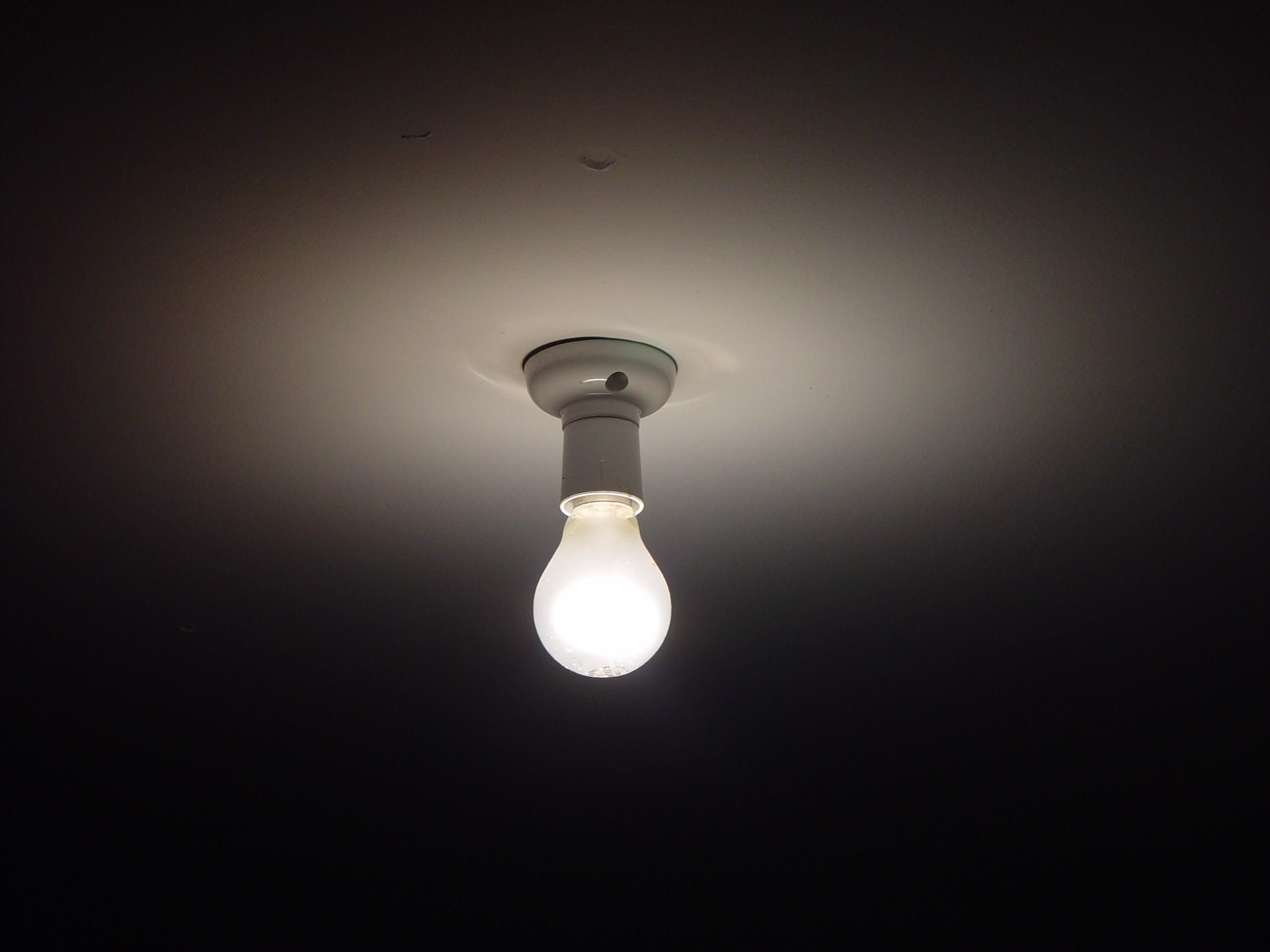

0 thoughts on “How Many Lumens Are In A 100 Watts Light Bulb”